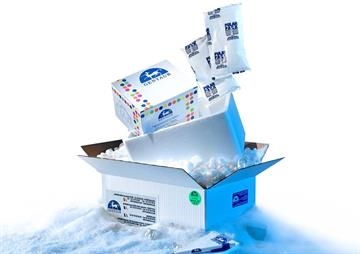IGF1 ELISA Kit (Rabbit) (OKCD01184)
1629.40 €
1629.40 €
In Stock
quantity
product details
Catalog number: 247 - OKCD01184
Product Category: Business & Industrial > Science & Laboratory
Supplier:
Gentaur
Size: 96 Wells
Description of target: The insulin-like growth factors, isolated from plasma, are structurally and functionally related to insulin but have a much higher growth-promoting activity. May be a physiological regulator of [1-14C]-2-deoxy-D-glucose (2DG) transport and glycogen synthesis in osteoblasts. Stimulates glucose transport in bone-derived osteoblastic (PyMS) cells and is effective at much lower concentrations than insulin, not only regarding glycogen and DNA synthesis but also with regard to enhancing glucose uptake. May play a role in synapse maturation. Ca2+-dependent exocytosis of IGF1 is required for sensory perception of smell in the olfactory bulb. Acts as a ligand for IGF1R. Binds to the alpha subunit of IGF1R, leading to the activation of the intrinsic tyrosine kinase activity which autophosphorylates tyrosine residues in the beta subunit thus initiatiating a cascade of down-stream signaling events leading to activation of the PI3K-AKT/PKB and the Ras-MAPK pathways. Binds to integrins ITGAV:ITGB3 and ITGA6:ITGB4. Its binding to integrins and subsequent ternary complex formation with integrins and IGFR1 are essential for IGF1 signaling. Induces the phosphorylation and activation of IGFR1, MAPK3/ERK1, MAPK1/ERK2 and AKT1 (By similarity).By similarity
<p>Manually curated information which has been propagated from a related experimentally characterized protein.</p>
<p><a href="/manual/evidences#ECO:0000250">More…</a></p> Manual assertion inferred from sequence similarity toiUniProtKB:P05017 (IGF1_MOUSE)UniProtKB:P05019 (IGF1_HUMAN) ;Species reactivity: Rabbit;Application: ELISA;Assay info: Assay Methodology: Quantitative Sandwich Immunoassay;Sensitivity: < 35 pg/mL











